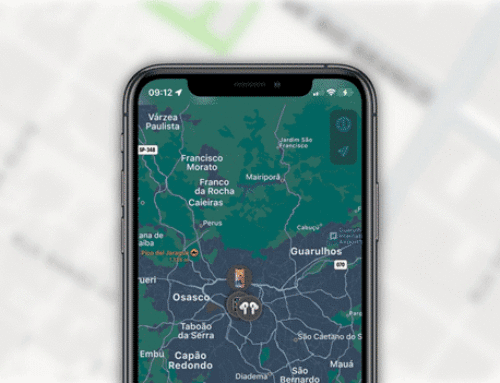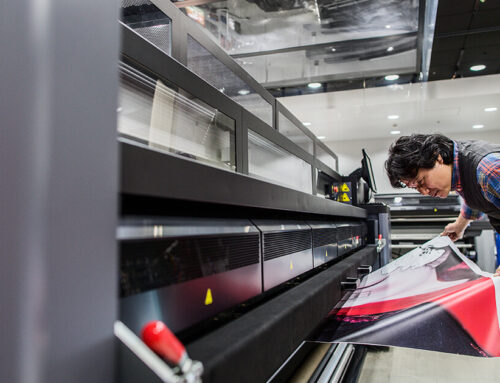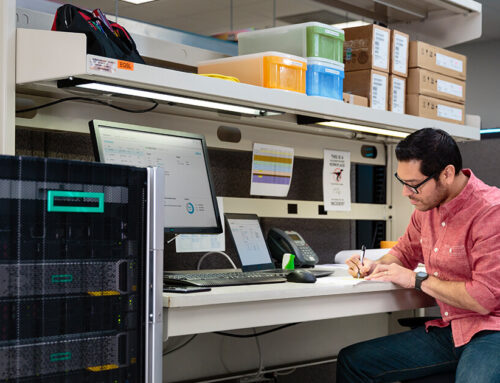The United States is far behind other countries in the depth and quality of its STEM education at a time when it desperately needs to take the lead in AI. But speakers at a recent Washington Post tech event say plenty of efforts are underway to change that.
The United States is a bit like the white rabbit in “Alice in Wonderland.” It’s as though we all are scurrying to important meetings but missing the big picture—in this case, the enormous need for the country to educate and train its workers in artificial intelligence and develop AI solutions.
That’s the takeaway from a Washington Post gathering that brought together politicians, researchers, and technology innovators to discuss the latest AI advances and discover together how to (ethically) use these technologies to benefit businesses, consumers, and tech organizations.
An international AI-readiness assessment by AI consultancy Oxford Insights highlighted areas the U.S. needs to focus on, such as digital skills training and data infrastructure. “Although the U.S. is likely to continue to do well due to tech clusters such as Silicon Valley, without government focus and investment, the digital skills gap will continue to grow,” says the Oxford Insights report. “As a result, the U.S. will need to import more and more AI experts, potentially missing out on developing in-country talent.”
While employees are afraid of being replaced by this new technology, during the panel discussion, experts encouraged people to be more upbeat.
“The fear is losing jobs,” says Beena Ammanath, vice president of artificial intelligence at Hewlett Packard Enterprise, which sponsored the event. “But [AI] will actually boost how you do your job.”
Expect a transition, but there will be training. “You’ll have a job, a better-paying job, but it will be different,” Rep. Pete Olson (R-Texas) said during the presentation. Olson also serves as the House AI Caucus co-chair. “Look at IBM. They used to make enormous mainframes and chips, but now they don’t. Those people still have jobs at the new IBM.” He urged, “Embrace the change. Don’t be afraid.”
Train kids, first and foremost
A key concern is the importance of educating children, the presenters stressed. We have to make sure kids are ready to use the technology being created.
The Programme for International Student Assessment (PISA) is a global assessment that every three years measures reading ability, math, and science literacy among 15-year-olds in dozens of developed and developing countries. In its latest report, PISA says the U.S. lags behind many other advanced industrial nations. In fact, according to a Pew Research assessment, the most recent results (2015) “placed the U.S. an unimpressive 38th out of 71 countries in math and 24th in science. Among the 35 members of the Organization for Economic Cooperation and Development, which sponsors the PISA initiative, the U.S. ranked 30th in math and 19th in science.”
And a 2015 survey of members of the American Association for the Advancement of Science found that 46 percent of those surveyed ranked K-12 STEM in the U.S. below average.
“AI really is the challenge of our time. I believe the opportunity is really about collective genius, that the more of us that are involved in it, the more likely we are to succeed,” said Megan Smith, CEO of Shift7, who previously served as the U.S. CTO from 2014 to 2017.
“Can we get all of our children into data science?” asked Smith, noting a few programs:
- All children in Wyoming from kindergarten on will learn coding and computational thinking.
- Students can’t graduate high school in Chicago without learning to code.
- Muscogee Creek Nation in Oklahoma teaches robotics in its Head Start program.
“We need to find this great stuff that is already working, that uses budgets we already have, and help share it rapidly,” added Smith. “We need to make learning this as integral as reading and writing.”
(See also “10 scholarships for the budding computer scientist.“)
AI training for adults
For adults, there is TechHire, which Smith described as a three-month tech apprenticeship, with more than 1,500 employers willing to hire its graduates. Another option is CodeCrew, a mentor program to help underrepresented youth become tech innovators and leaders through practical, hands-on computer science education programs.
Other presentations at the Washington Post event made it clear that the scope of what AI can do is virtually untapped as yet. They looked at the current narrow scope for which AI is being used and expressed hopes to broaden it to social issues such as equality, justice, and poverty. Autonomous AI is already in the works in the medical sector, for example.
“The technological advances AI brings could add $17 trillion to the world’s economy in 10 years,” Olson said.
You can watch a recording of the conference on the Washington Post website.
Destination url: https://www.hpe.com/us/en/insights/articles/im-late-im-late-dot-dot-dot-for-artificial-intelligence-1901.html?jumpid=in_510385102_NXTimlateimlateSN012319








